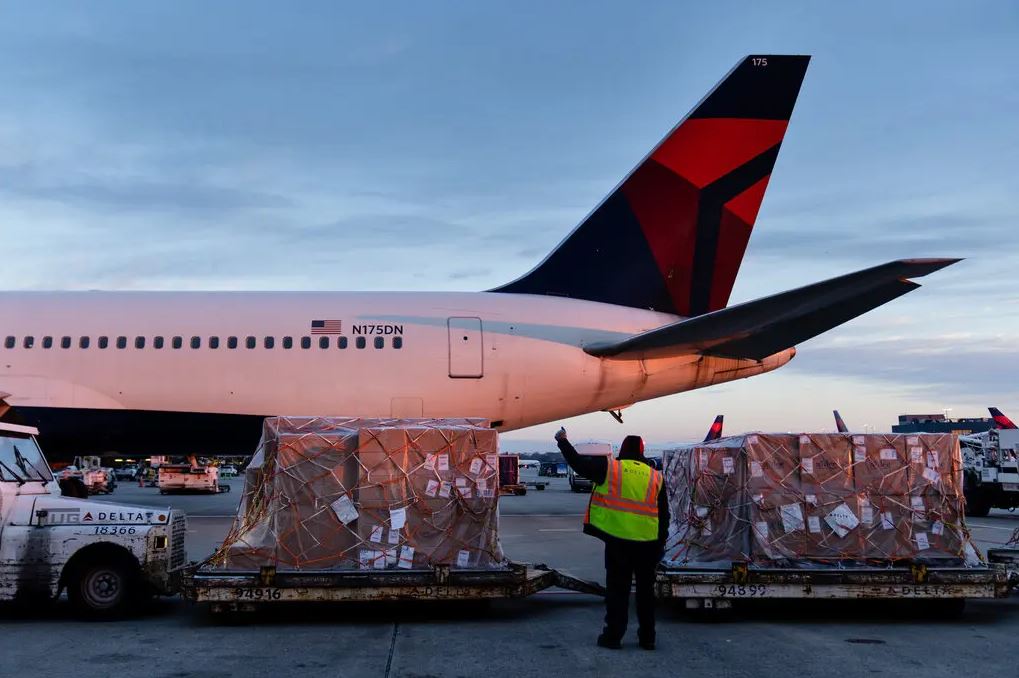There is no evidence to suggest that increased airfares or concerns about the economy are having any effect on the pent-up demand for airline travel. But rising costs and a lack of available workers are making it difficult for the country’s airlines to take full benefit of the revival in the industry.
The most recent company to scale down its intentions is Delta Air Lines. Ed Bastian, the chief executive officer of Delta, said on Wednesday that despite the robust nature of customer demand, the airline planned to maintain the same level of service for the remainder of the year as it did in June. The goal is to reduce the number of instances of delayed departures and cancelled flights, both of which have been troublesome in recent weeks.
It would seem that the worries over costs were the primary element that led to a decrease in share prices on Wednesday for the majority of the large airlines. The price of Delta’s stock fell by 4.5 percent.
Over the course of the last year, the aviation sector as a whole has had a difficult time maintaining efficient operations. Staffing shortages have added to the chaos that has been caused by inclement weather and other delays. According to FlightAware, a website that tracks flights, Delta, for example, cancelled around 3 percent of its flights during the last month, placing it in second place behind American Airlines, which cancelled 5 percent of its flights.
Since the beginning of 2021, Delta has said that it has increased its workforce by more than 18,000 people, bringing it back up to around 95 percent of the level it was in 2019. But even with that, training backlogs have made it impossible for airlines to put newly hired employees to work straight immediately. On the call, Delta’s chief financial officer, Dan Janki, said that the company now has thousands of people going through the recruiting, orientation, or training processes.
The ability of the sector to capitalise on one of the busiest travel periods in recent years has been hindered as a result of these kinds of challenges. Since the beginning of June, a daily average of roughly 2.3 million passengers have been subjected to airport security checkpoint screenings, according to statistics provided by the Transportation Security Administration (TSA). This number is still around 11 percent lower than it was during the same time period in 2019, but it is approximately 17 percent higher than it was in 2018.
The airline industry has implemented cost-cutting measures to guarantee that it has sufficient resources and people available to prevent significant delays and cancellations. According to statistics provided by Cirium, an aviation data supplier, airlines, for example, cut around 2.5 percent of the domestic flights they had booked for the months of June through August in the month of May.
The recent decision made by Delta to reduce capacity demonstrates higher limitation than any of the company’s competitors: According to Cirium, the airline is providing a less number of flights and seats during the months of July through September compared to its schedule during the same months in 2019, making it the only major U.S. airline that is doing so.
It’s possible that airlines have a cap on how much they can reduce ticket prices. The rise in ticket prices has been beneficial to the business as a whole, but the airlines are still a long way from earning the profits they forecasted for 2019. For instance, Delta said that its operating margin, which is a measure of profitability, was 11% in the second quarter of this year, which is a decrease from the percentage of 17% that it reported for the same time period in 2019. Delta anticipates reporting an operating margin of 11 to 13 percent for the third quarter of the fiscal year.
Jet fuel, which accounts for a large portion of operational expenses, has seen a decline from record highs this spring but is still much higher than levels seen in the past. The business is also dealing with higher expenditure due to its operational difficulties as it strives to attract, employ, and educate additional workers to keep up with demand. This presents a challenge since the sector is already struggling to meet demand.
For example, Delta said that it anticipated paying more over $700 million in premium and overtime pay this year, which represents an increase of nearly 50 percent from 2019. In addition, airlines are increasing pay substantially in the hopes of recruiting and retaining pilots. American has given its pilots a salary increase of 17 percent, while United has just secured a preliminary deal to enhance pilot compensation by more than 14 percent.

